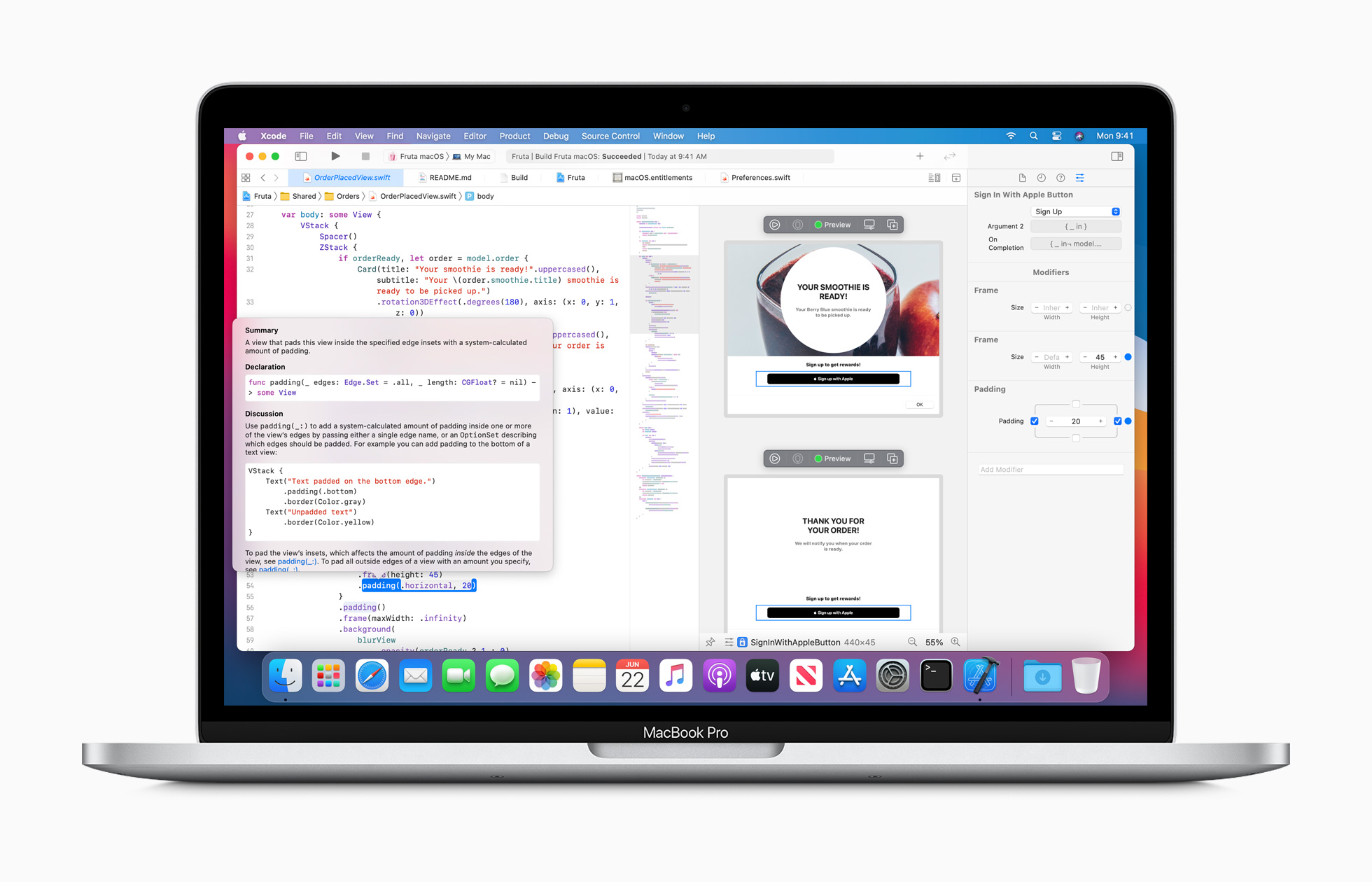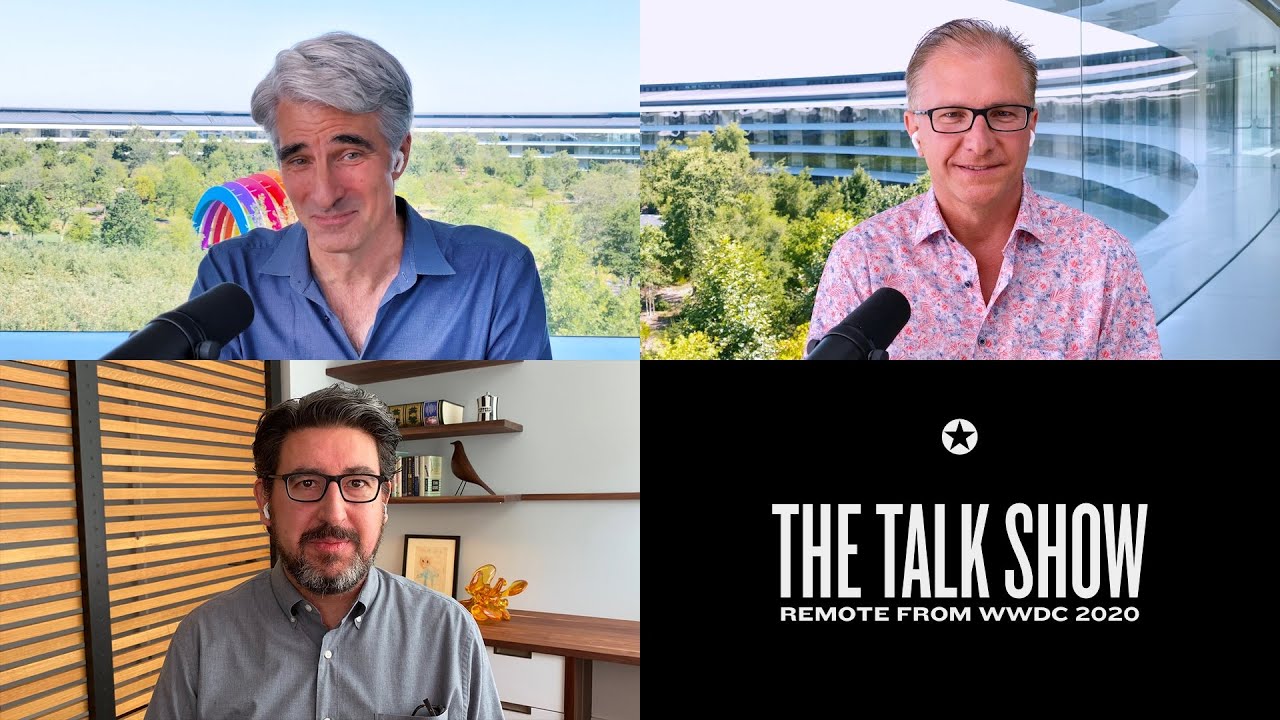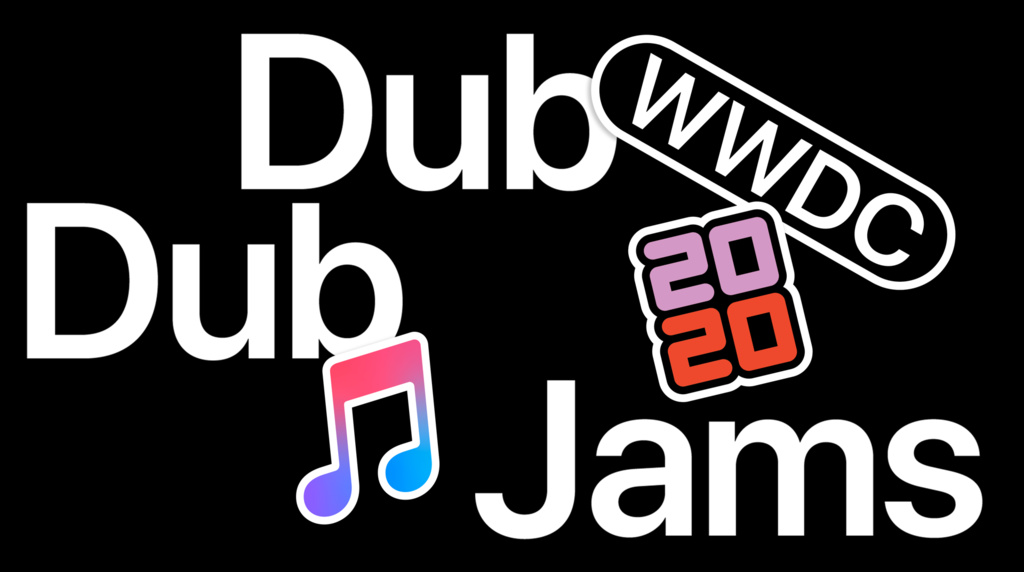Jason Snell describes on Six Colors how Apple Silicon Macs will handle boot and recovery modes:
With the advent of Macs running Apple-designed processors, things will get a whole lot simpler. As described Wednesday in the WWDC session Explore the New System Architecture of Apple Silicon Macs, these new Macs will only require you to remember a single button: Power. (On laptops, that’ll be the Touch ID button. On desktops, presumably it’s the physical power button.)
Holding down that button at startup will bring up an entirely new macOS Recovery options screen. From here you’ll be able to fix a broken Mac boot drive, alter security settings, share your Mac’s disk with another computer, choose a startup disk, and pretty much everything else you used to have to remember keyboard shortcuts to do.
The new system is based on iOS’s boot process modified to meet the needs of Mac users. I can’t wait for this change. I don’t use the boot-up key combinations often enough to remember what they are. I expect that as we learn more about Apple’s upcoming Macs, other benefits gained by moving to Apple-designed SoCs will become apparent too.
You can also follow all of our WWDC coverage through our WWDC 2020 hub, or subscribe to the dedicated WWDC 2020 RSS feed.












